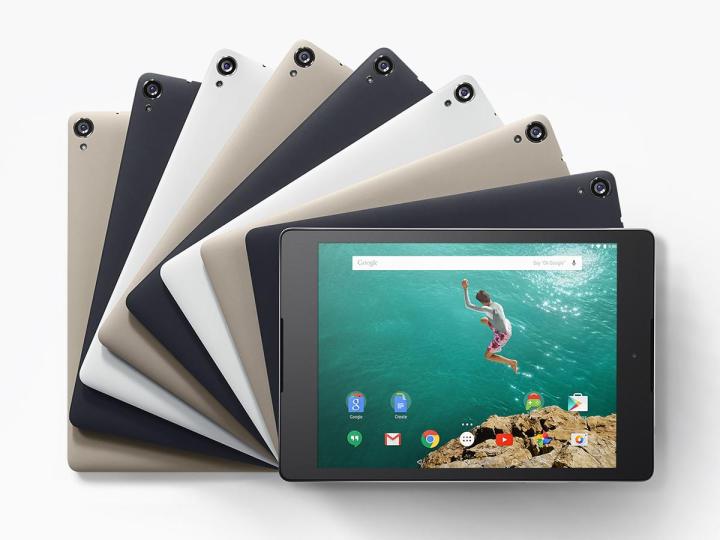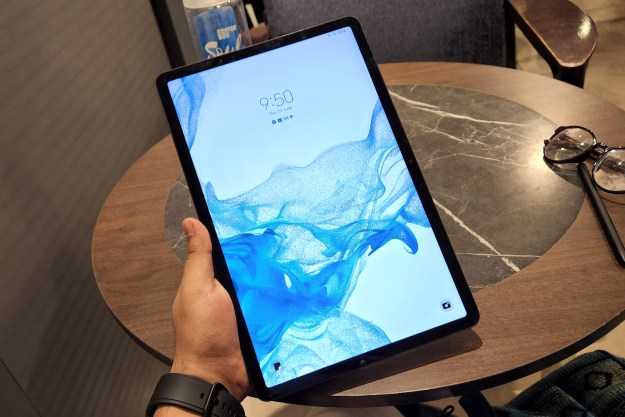
Apple may have some shiny new iPads on the market but the slice of the pie claimed by iOS has dropped to 22.8 percent from 29.2 percent at the same point last year. Android makes up the bulk of the remainder though IDC didn’t specify an exact percentage — Windows tablets and other niche platforms will account for part of those sales. Samsung has an 18.3 percent share of the tablet market worldwide, but that too has dropped from 19.3 percent in 2013.
What will console Tim Cook and his executive team is that while iOS might be losing market share, the iPad remains the most popular single tablet, and its price point continues to ensure that it rakes in plenty of cash for the Cupertino company. “Although the low-cost vendors are moving a lot of volume, the top vendors, like Apple, continue to rake in the dollars,” said Jitesh Ubrani, Senior Research Analyst at IDC. “A sub-$100 tablet simply isn’t sustainable — Apple knows this — and it’s likely the reason they aren’t concerned with market share erosion.”
There was however another blow for the Apple iPad in a report published by JD Power this week. For the first time, Amazon pipped Apple in terms of customer satisfaction with their tablets: Jeff Bezos’ firm scored highly in the cost and ease-of-use categories, edging out Apple by 827 points to 824 (out of 1,000). Samsung came in third with a score of 821.
“As value-priced tablet brands continue to flood the market, customer attention is turning away from just the price of the device to their perception of the combined value of price, features and performance,” said Kirk Parsons, senior director of telecommunications services at JD Power. “Tablet brands that continue to successfully convey more value and package more performance at a reasonable price are more likely to satisfy tablet owners and increase loyalty and advocacy for the brand.”
Editors' Recommendations
- Best Apple deals: Save on AirPods, Apple Watch, iPad, MacBook
- A big iPhone update is right around the corner
- Best iPad deals: Save on iPad Air, iPad Pro, iPad Mini
- How to turn off Activity Status on Instagram
- Are you having iPhone alarm problems? A fix is coming soon


